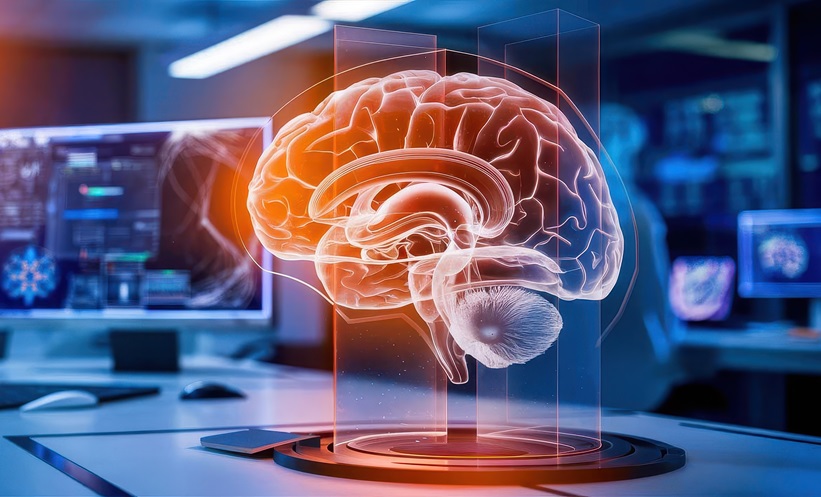A NEW 4D brain map of marmosets with multiple sclerosis (MS)-like lesions has revealed potential early warning signs and therapeutic targets for the disease.
Multiple sclerosis is a complex autoimmune disorder characterised by demyelination in the central nervous system, leading to severe neurological symptoms. Understanding the early stages of lesion development is crucial for developing effective treatments. To address this, researchers from the National Institute of Neurological Disorders and Stroke (NINDS) conducted a study using a marmoset model of experimental autoimmune encephalomyelitis (EAE), which closely mimics human MS lesion progression.
The study combined longitudinal magnetic resonance imaging (MRI), histopathology, spatial transcriptomics, and single-nucleus RNA profiling to examine lesion development and resolution. The researchers identified five microenvironment groups related to neural function, immune and glial responses, tissue destruction and repair, and regulatory networks at brain borders. Notably, they discovered an MRI biomarker—the ratio of proton density-weighted signal to T1 relaxation time—that could detect hypercellularity preceding myelin destruction. The team also identified a SERPINE1+ astrocytic subtype acting as a secretory hub in perivascular and periventricular zones, underlying lesion onset in both marmoset EAE and human MS.
These findings offer significant implications for clinical practice and future research. The newly identified MRI biomarker could potentially enable earlier detection of MS lesions, allowing for more timely interventions. The discovery of the SERPINE1+ astrocytic subtype provides a new target for therapeutic development. Furthermore, the spatiotemporally resolved molecular map created in this study serves as a valuable resource for MS research, potentially guiding the identification of novel therapeutic candidates. Future studies should focus on validating these findings in human subjects and exploring the dual role of SERPINE1-expressing astrocytes in tissue repair and damage progression.
Katrina Thornber, EMJ
Reference
Jing-Ping Lin et al. 4D marmoset brain map reveals MRI and molecular signatures for onset of multiple sclerosis–like lesions. Science. 2025;387:eadp6325.








